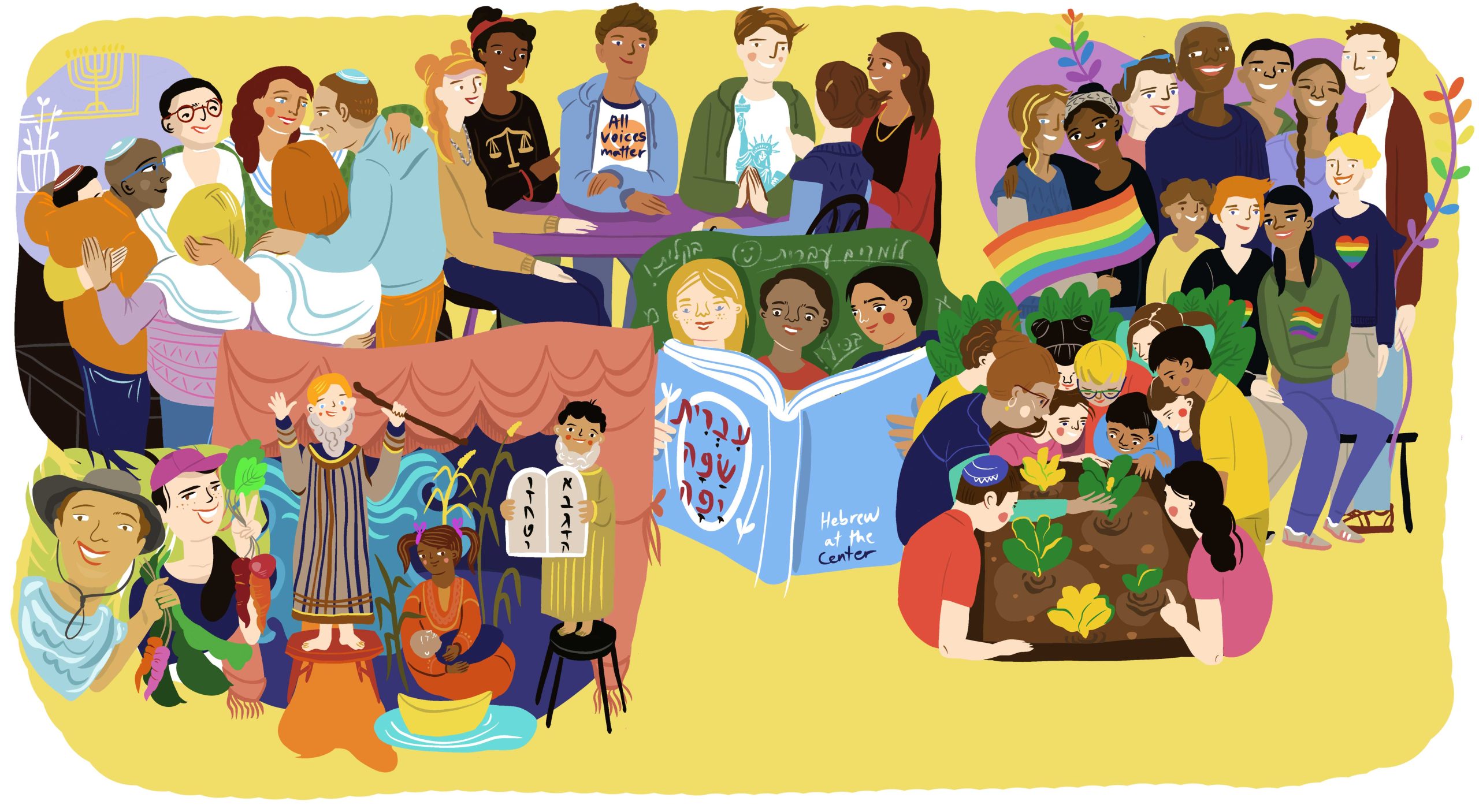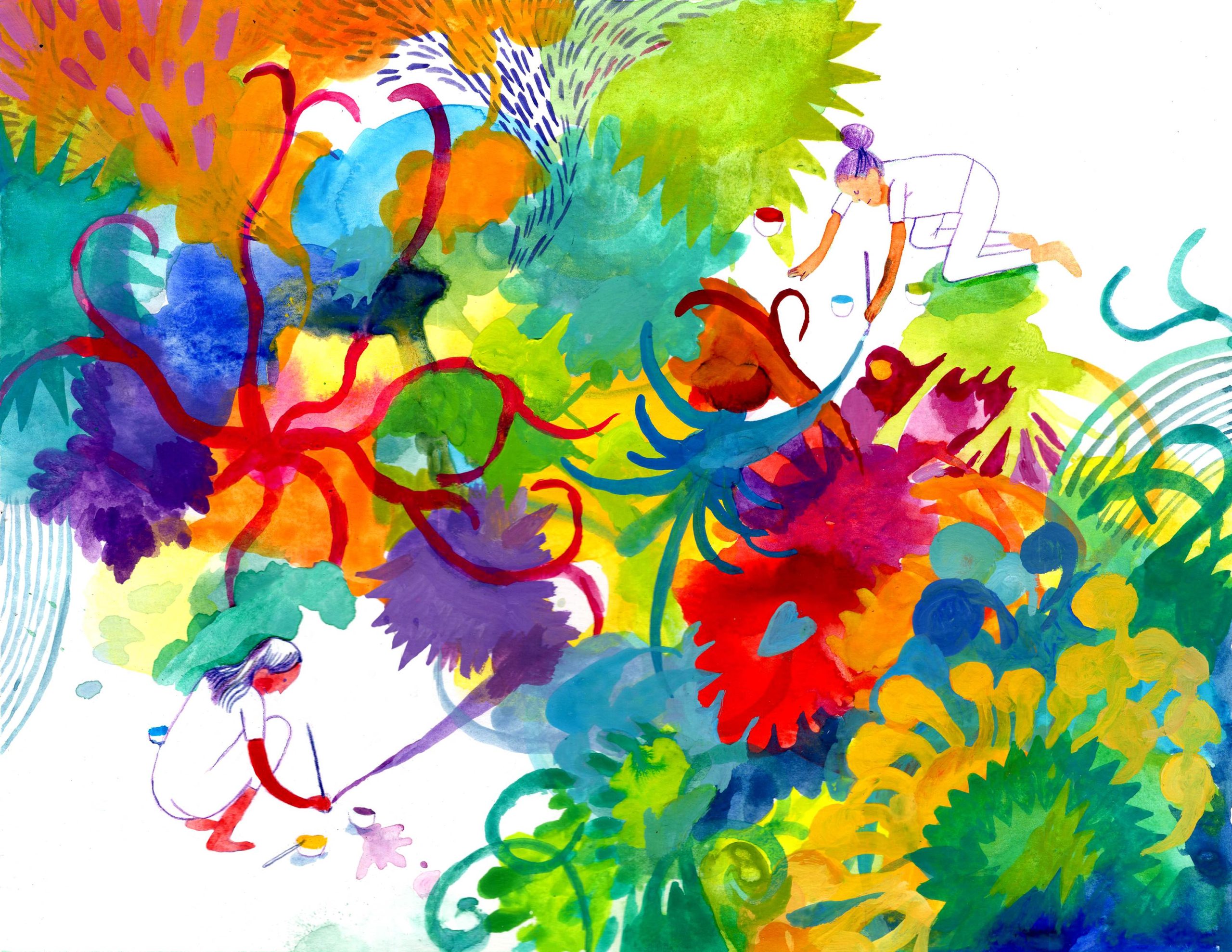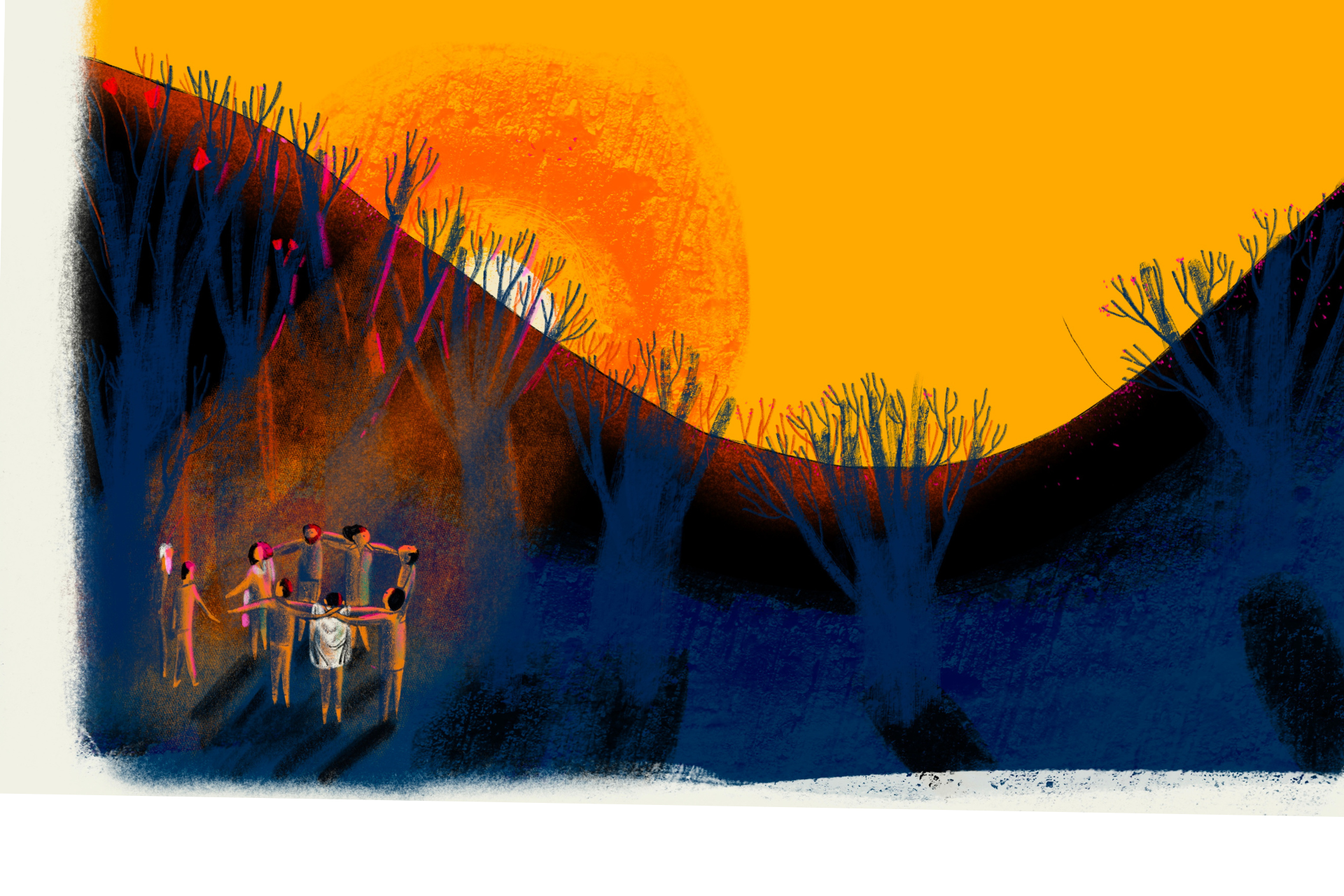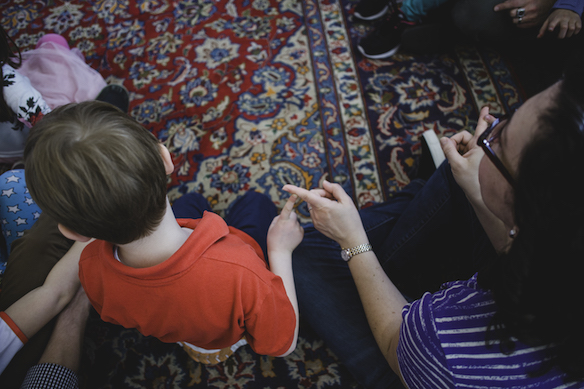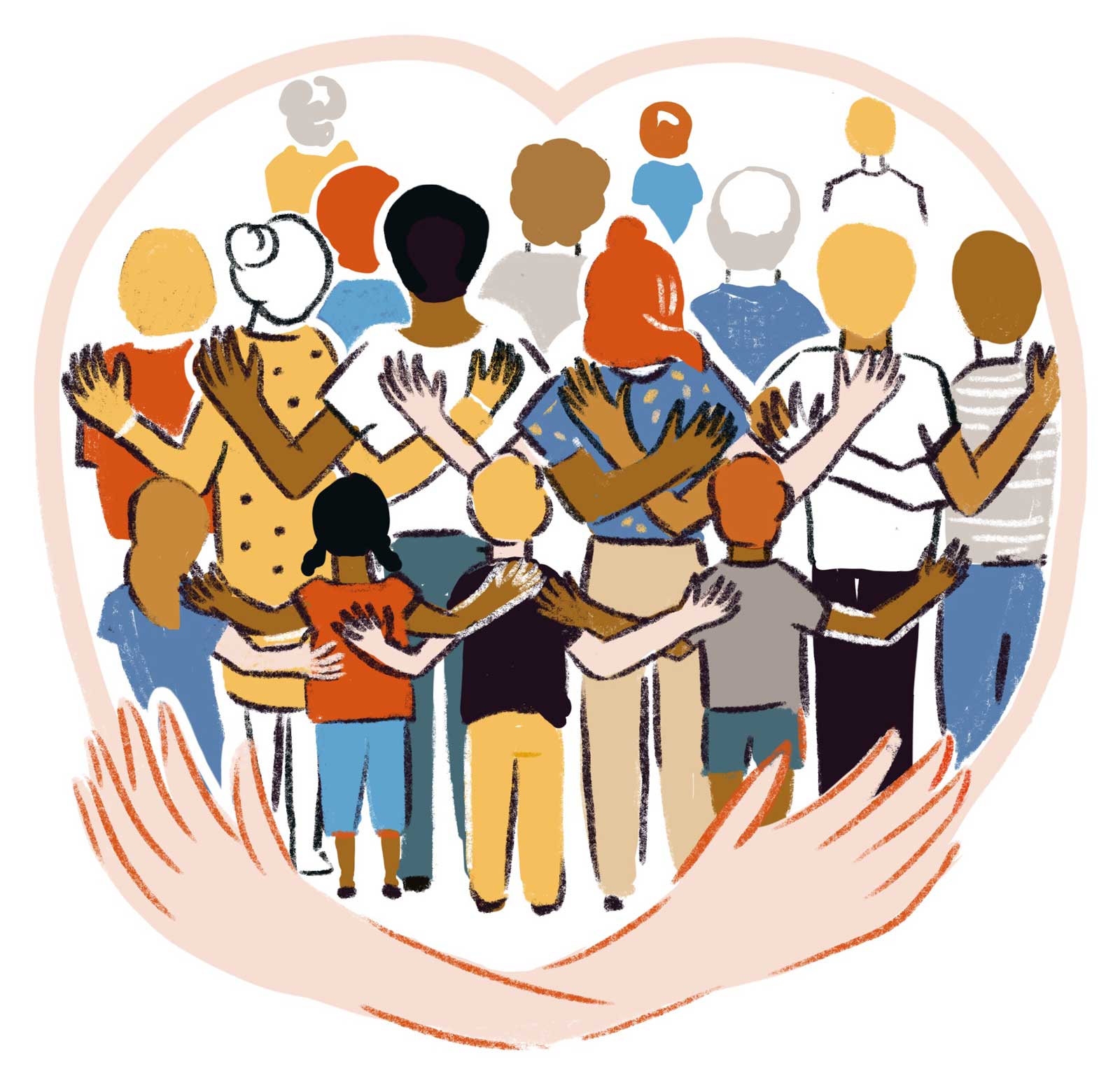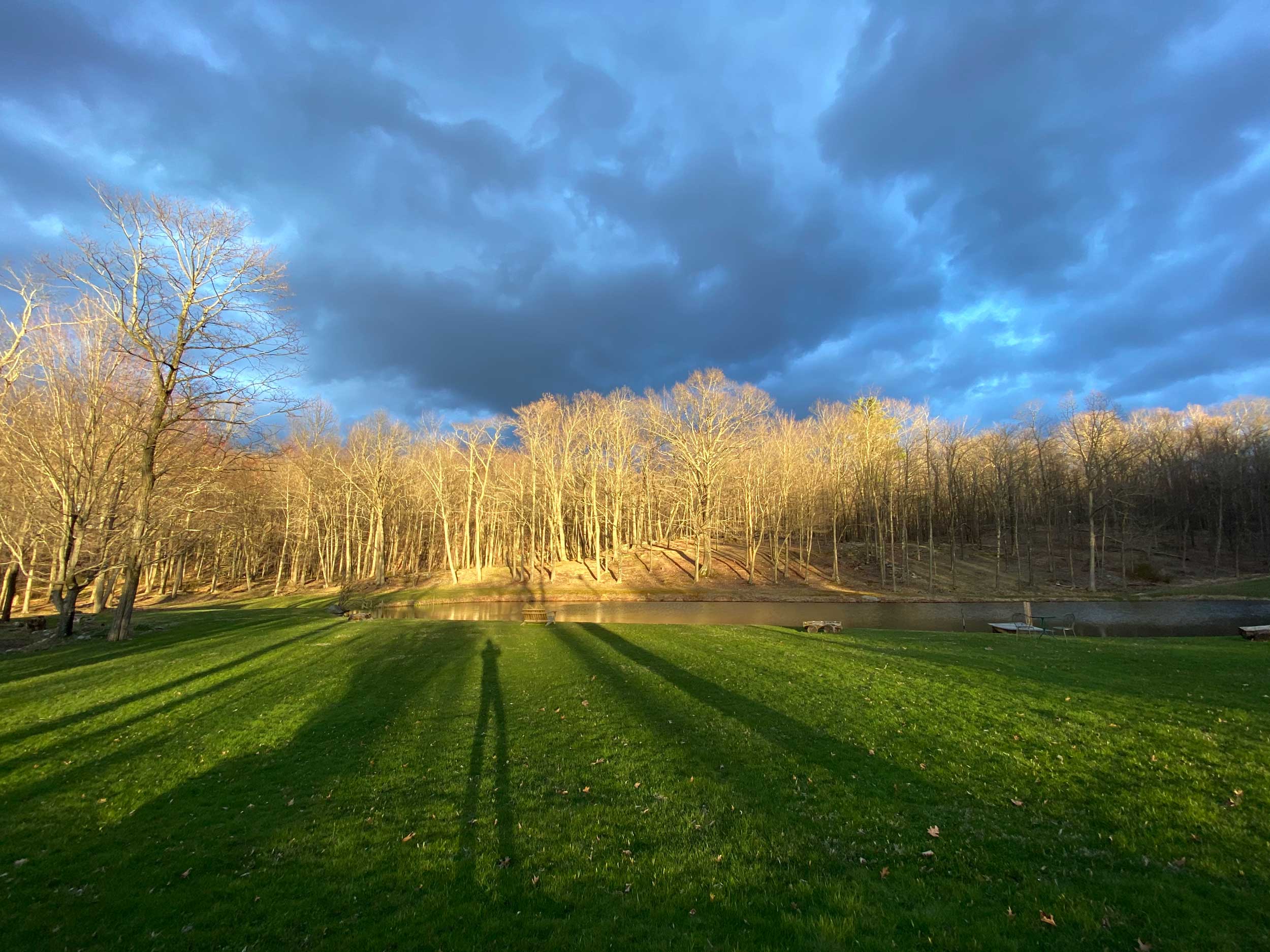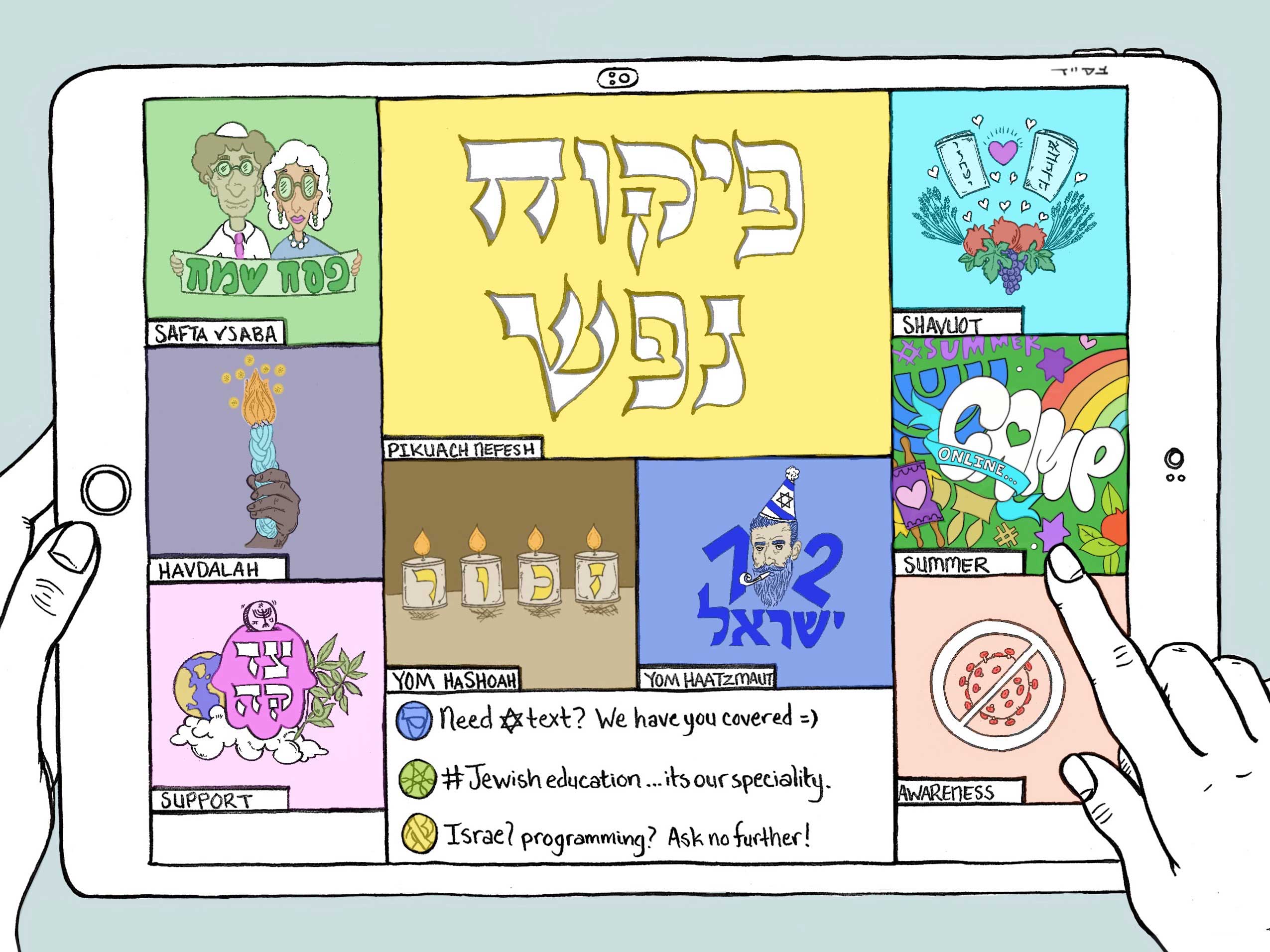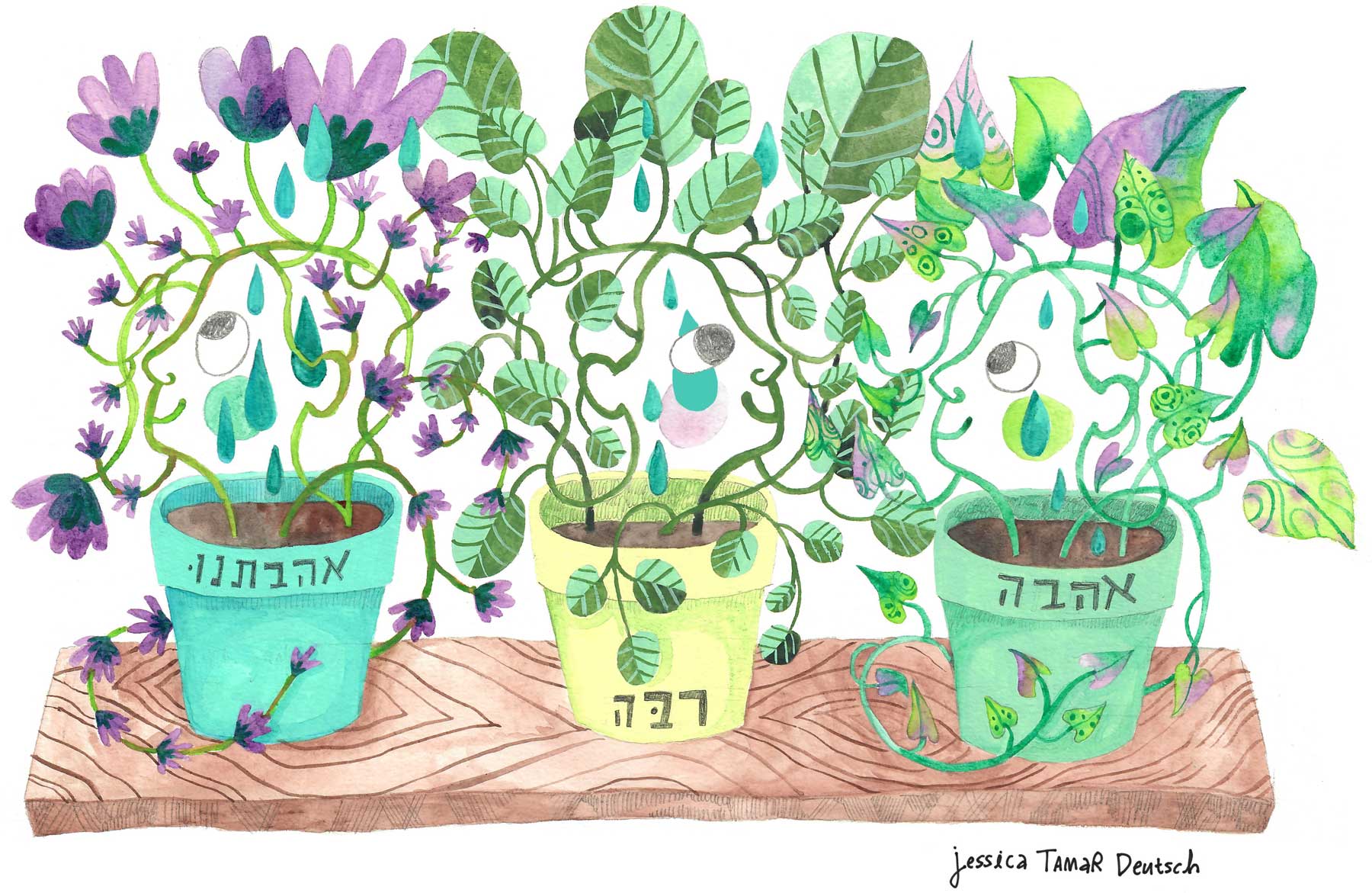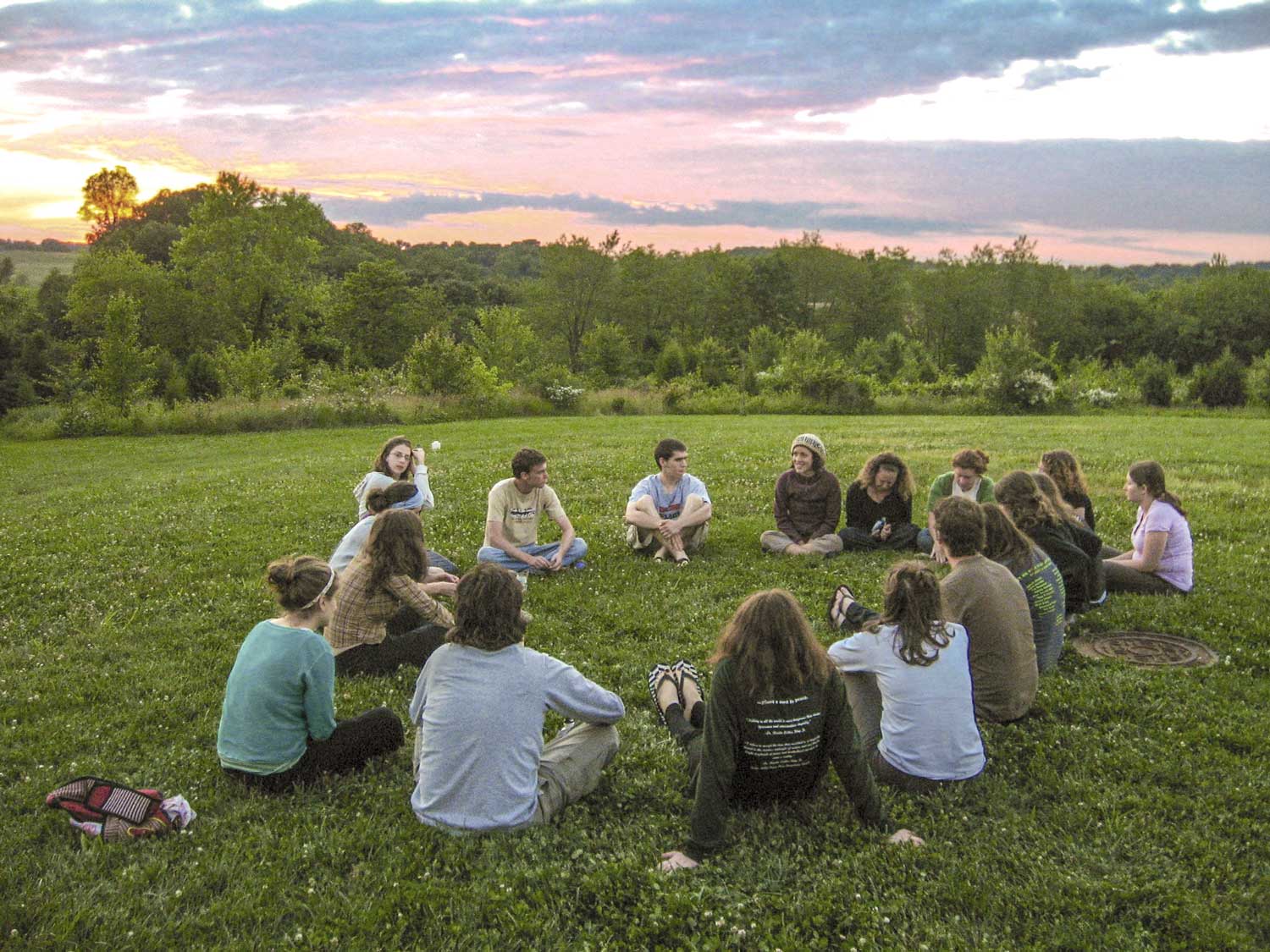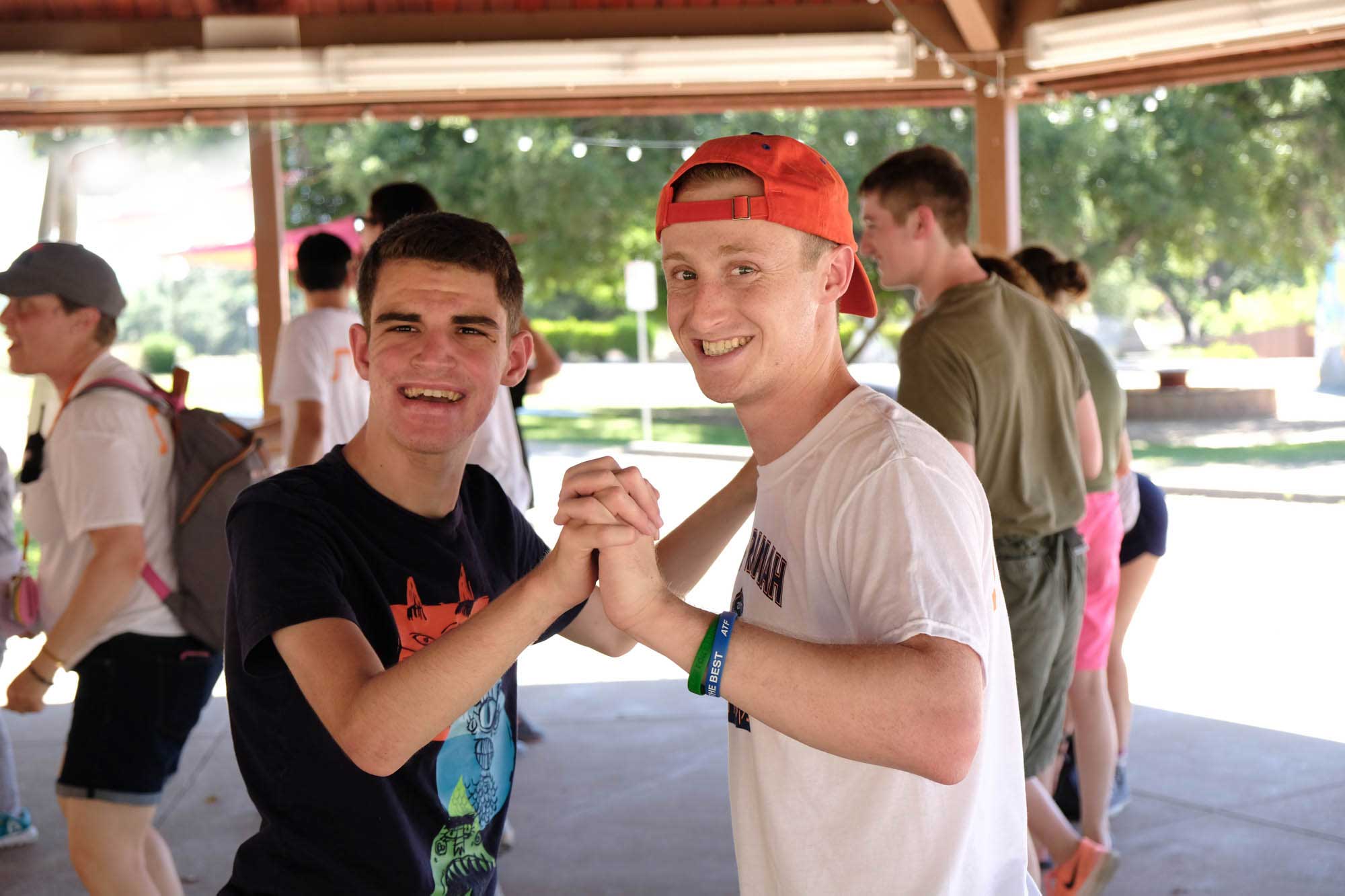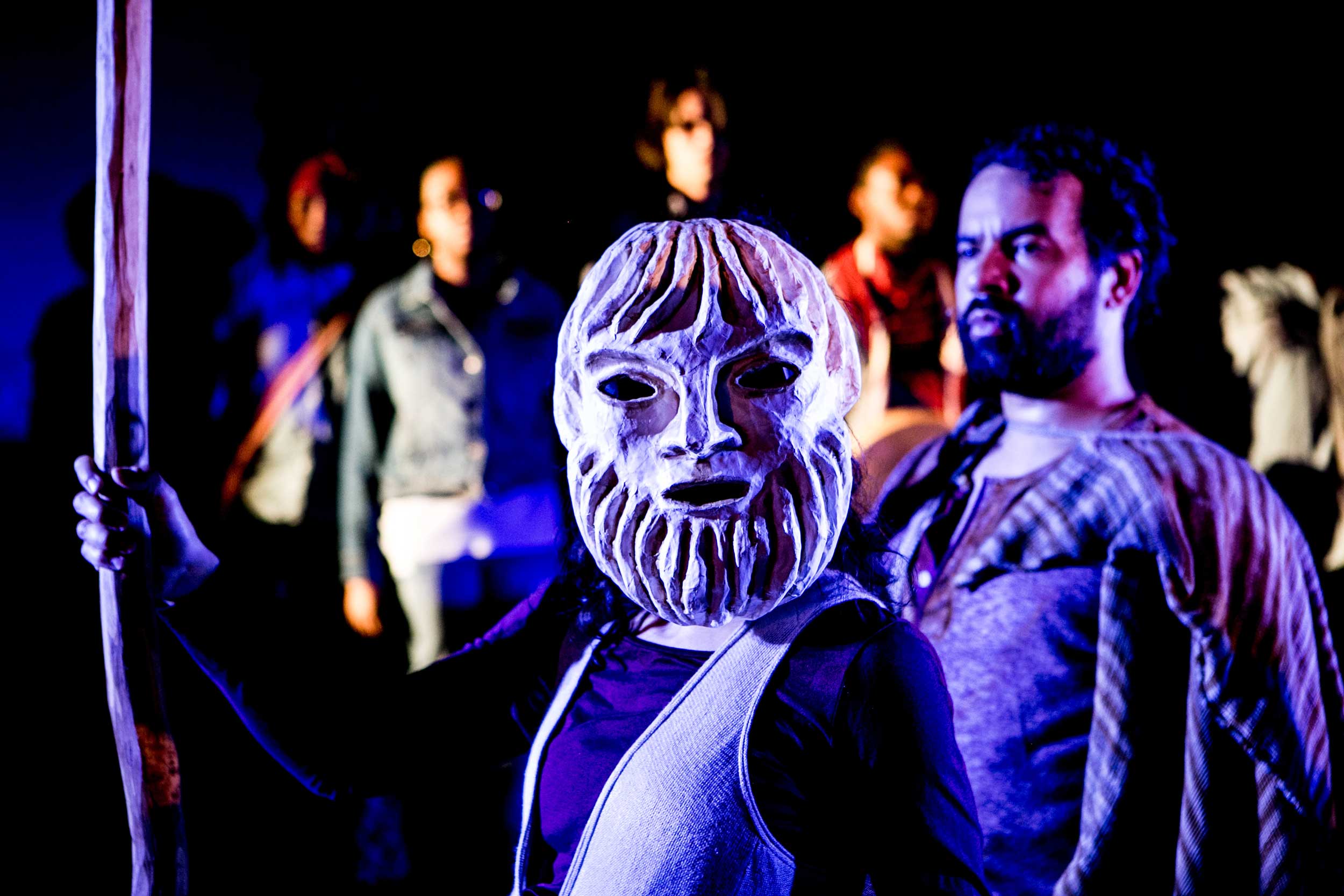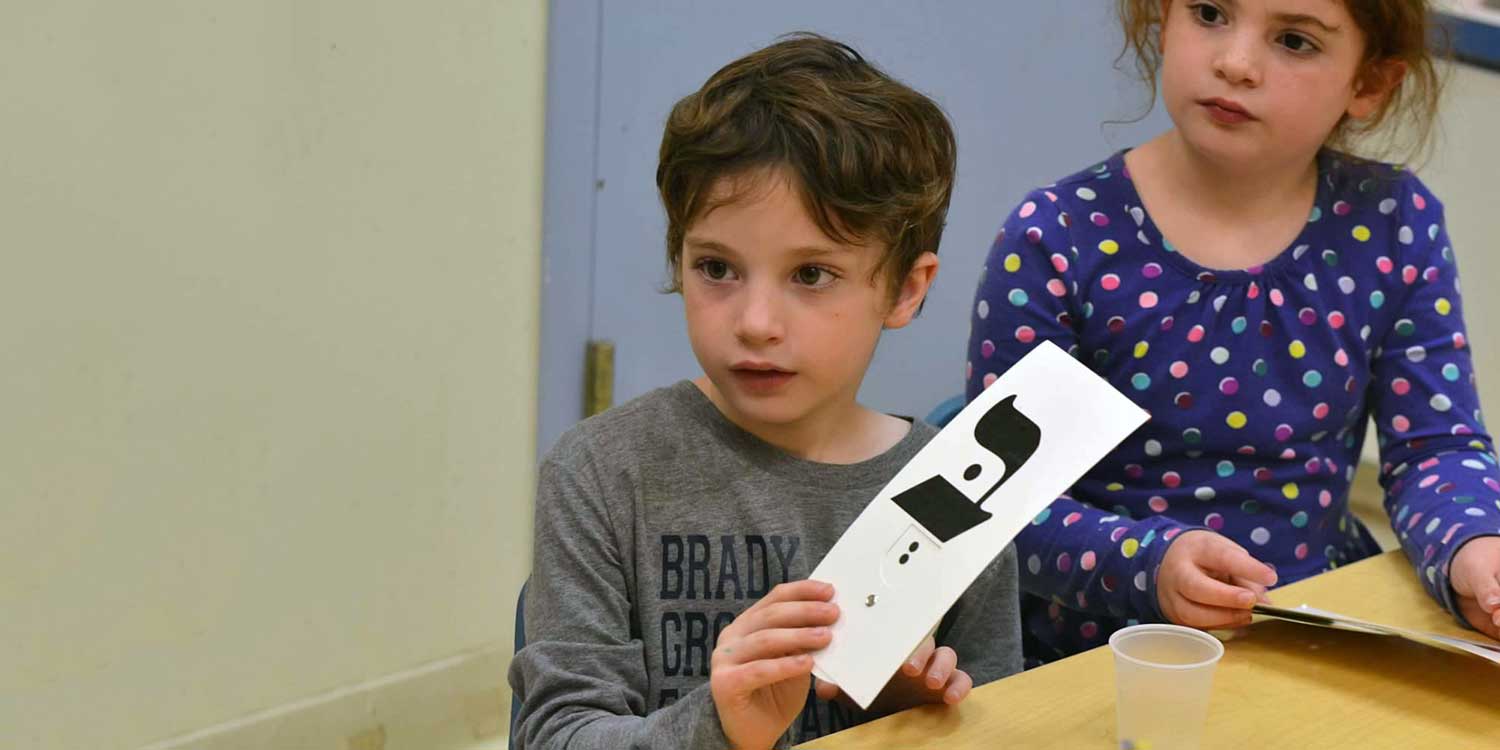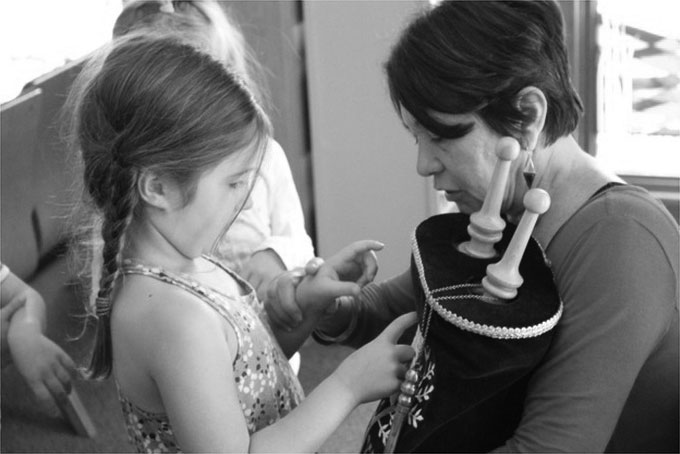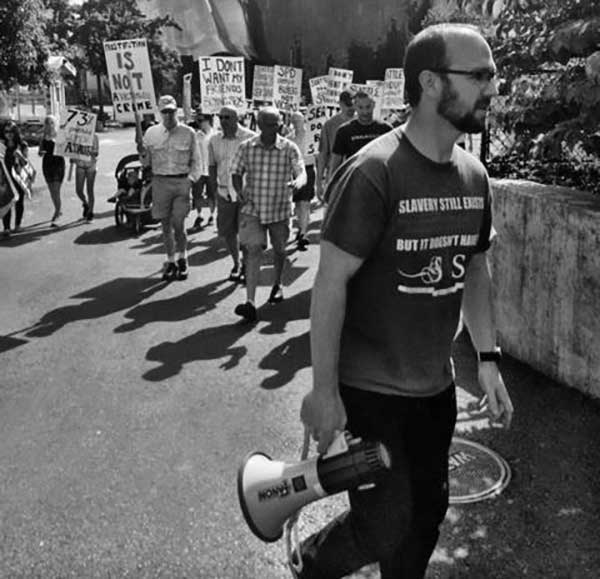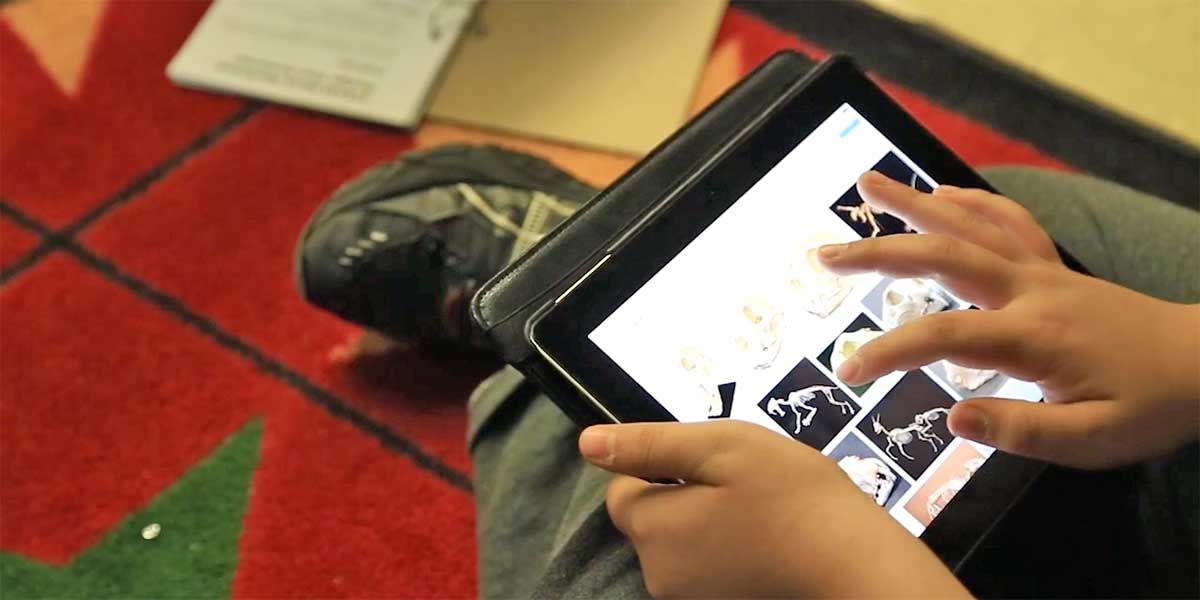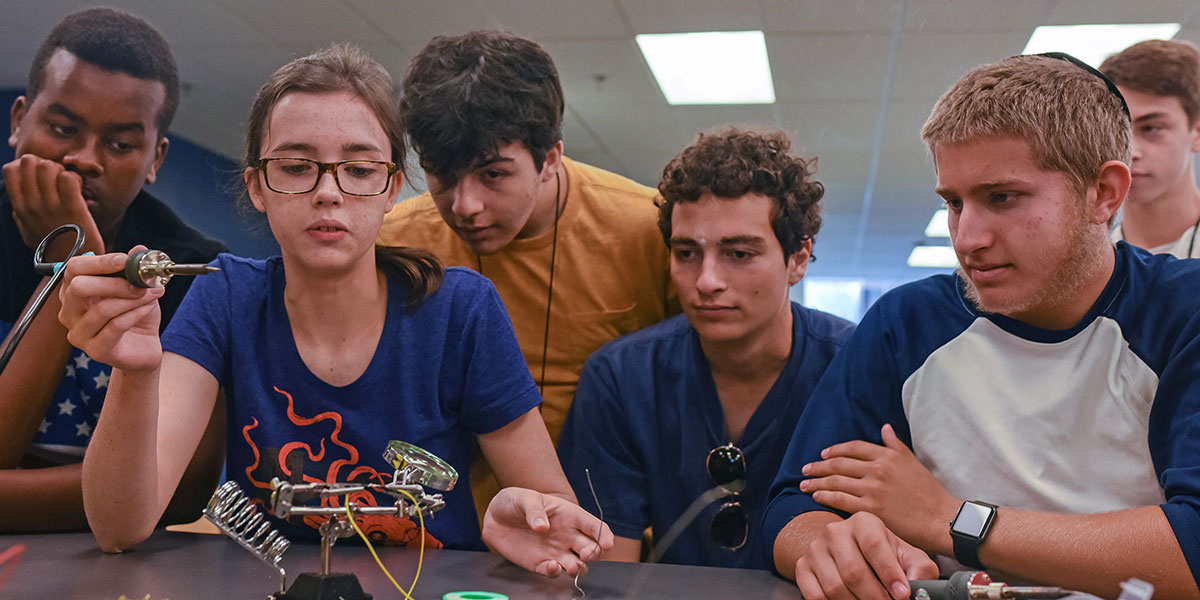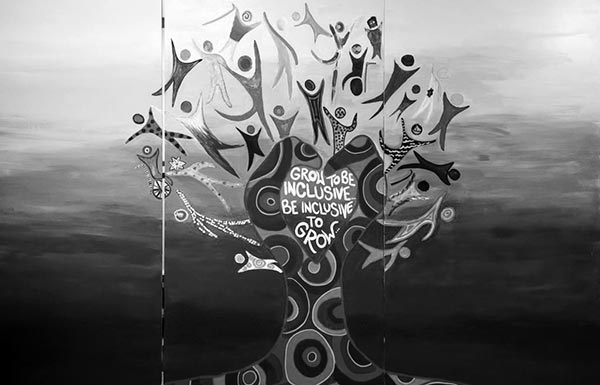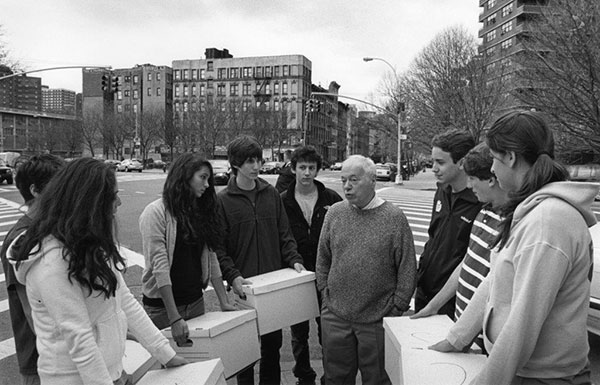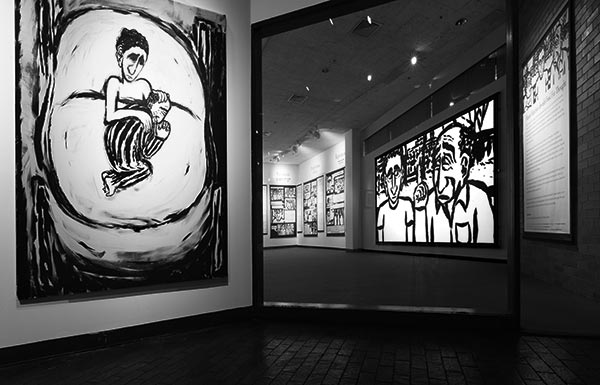
ARTICLE Advancing Jewish Social Justice and Environmental Action: Lessons Learned from Covenant Grantees
During the past 25 years, interest and investment in Jewish social justice, service learning, and environmental action has increased throughout the American Jewish community. Organizations such as Hazon, AVODAH, Repair the World and Bend the Arc have helped lead this surge through innovative programming that engages Jews of multiple ages and backgrounds (including particularly hard-to-reach Jewish millennials). In their 2008 report “Visioning Justice and the American Jewish Community,” Shifra Bronznik and Didi Goldenhar expressed excitement and optimism about the state of the field at that time. They found that “the growth of Jewish social justice organizations – locally, regionally and nationally – has infused the field with greater vitality.” These organizations were succeeding in “attracting diverse groups of Jews and increasing the numbers of engaged activists” and “becoming more visible, domestically and internationally, as they demonstrate their capacity to effect tangible change – from advocacy for hotel workers’ rights in California, to healthcare legislation in Massachusetts, from mobilization around the genocide in Darfur to the response to Hurricane Katrina.” All indications are that the visibility, effectiveness and impact of Jewish social justice and environmental organizations has only continued to grow in the six years since this pivotal study.
“Visioning Justice” also described the challenges faced by the field and its constituents, such as the need for additional resources, minimal leadership training, lack of networking and connections between organizations, and “knowledge gaps” due to limited research and evaluation. In the years since the report, many of these challenges have been addressed through the investment of funders such as The Covenant Foundation. Since its first grants were awarded in 1991, The Covenant Foundation has supported twenty-four organizations (and six Covenant Award winners) in strengthening social justice work and environmental action within the Jewish community. The documentation from these grants helps to close the “knowledge gap” that Bronznik and Goldenhar identified, offering insights into effective approaches and strategies and the impacts that have been achieved. This report highlights a selection of Covenant grantees to explore three critical “lessons learned” about maximizing the impact of social justice, service learning, and environmental programming: 1) connecting universal and Jewish values leads to Jewish engagement and meaning; 2) educators need training and support to successfully integrate social justice and Jewish values; and 3) partnerships and collaboration expand organizational impact and strengthen the field.
Lesson One: Bridging the Universal and Particular is a Valuable Path to Jewish Engagement and Meaning
In “Visioning Justice,” Bronznik and Goldenhar emphasize the potential of Jewish social justice work to engage contemporary Jews by linking the particularism of Jewish concerns with the universalism of caring for the larger world:
For post-modern Jews, Jewish social justice is the bridge between universalism and particularism. If I am not for myself, who is for me? If I am only for myself, what am I? Jewish social justice offers a profound way to resolve this binary relationship between commitment to the Jewish people and commitment to the people of the world. Through Jewish social justice, these commitments are woven together with new strength and meaning. Jews of every generation and affiliation – from Jews active in secular social change to Jews devoted to their federations and synagogues – live in multiple worlds. The Visioning Justice inquiry has revealed the extraordinary opportunities to engage people in all their complexity, as Jews and as global citizens.
This path to Jewish engagement and meaning has defined the work of many of the Covenant Foundation grants devoted to environmentalism and social justice. One such organization is Hazon, whose work to promote environmental awareness, sustainability, and healthy food choices, is grounded in Jewish values and community. In 2007, Hazon received a Signature Grant to create “Tuv Ha’aretz,” a multi-faceted initiative that included CSA (community-sponsored agriculture) networks through synagogues and other Jewish centers, a day school curriculum on Jewish approaches to food, the Food for Thought sourcebook, the Jew in the Carrot blog, and an annual Food Conference. Together, these programs and resources were designed to “support the Jewish environmental movement in North America and in Israel…foster an increased interest in Jewish communal life among currently affiliated Jews, and to ‘open the door into Jewish life’ for those who are not directly engaged in the Jewish community.”
By linking Jewish teachings and dedication to environmental sustainability such that each set of values enhanced the other, these initiatives succeeded in engaging Jews from a range of backgrounds and deepening their connections to both aspects of their identities. As described in the quotes below from Hazon CSA members and Food Conference participants, Hazon’s programs created ties between Jews who shared environmental passions, enlightened people about the authentic links between Jewish and environmental values, and helped develop and strengthen a network of Jewish food activists who could spread Hazon’s message to others throughout the Jewish (and non-Jewish) world:
- “My Jewish self and my food love are two of my most important identities. Now I see that they are so closely related. I'm a Jewish food lover, and there are traditions, ethics and wonderful stories to be told about all of this.”
- “Being part of the CSA has put us into more frequent contact w/other Jews who have interests similar to our own. It has helped us to feel… more connected to our Jewish community. As a result, we find ourselves more interested in attending services at our shul and participating in other communal events (including those that aren't related to the CSA).”
- “I have struggled connecting with the Jewish community because I have not found myself in it. Joining a Jewish CSA was a great way for me to connect my Jewish identity with things I am passionate about, such as food politics and sustainable living. I am glad that the Jewish community recognizes that food issues are Jewish issues. Thank you for creating a space in which people like me who struggle with connecting to the Jewish community can feel welcome and invited.”
- “The Hazon Food Conference experience was an incredible way for me to culminate a year of learning and studying about food policy, industrial food production, and nutrition. Before Hazon, I had not considered these issues in a Jewish Context and was not aware of a "New Jewish Food Movement." I have now tapped into a network of incredible people who are addressing important issues of environment, consumption, and agriculture through a Jewish lens, relying on the strength of the Jewish Community to support their causes and initiatives. I have connected with several leaders that I plan to work with in pursuit of a more perfect food future.”
The Kayam Jewish Gardening Collective at the Pearlstone Center in Maryland, launched with a 2010 Signature Grant, had similar impacts on a more local scale. The grant supported Pearlstone in helping Baltimore-area synagogues, Hillels and community centers create Jewish-themed gardens and integrate them into their educational programming. The resource guide developed for the Gardening Collective described the multiple ways in which the experience of gardening could be used to communicate Jewish values and teachings, while also deepening communal connections:
Gardening is a distinctly Jewish act. The echoes of God’s command to Adam (Gen. 2:15) “l’shomrah u’lovdah” (to guard/till and work/tend) resound through the generations as a call to remember that adam is inextricably linked to adamah. Through gardening, we learn to care for God’s planet, to recognize that Creation is a gift to be blessed and shared. Jewish community gardening is the marriage of the universal and unique aspects of tending a piece of land. A garden is a gathering place, a home for community-building, and an expression of our deepest values. A Jewish community garden is a hands-on classroom to teach about Judaism’s relationship to Creation. The education may consist of lessons on tzedakah, brachot, t’filah, bal tashchit, or the agricultural roots of the Hebrew calendar. A Jewish community garden is a laboratory, an experimental, experiential testing ground for Jewish engagement, identity building, and relationship forming.
A number of the organizations quoted or described in Kayam Farm’s grant reports explained how their gardens had successfully reached new participants and/or provided a path to deeper learning and engagement for community members. One rabbi had heard from a number of new members that they had been attracted to the community in part because of their garden. Another synagogue’s Education Director developed a curriculum for the religious school that link the garden’s plantings to Jewish holidays throughout the year: “We had pumpkins that would be used for the celebration of Sukkot and parsley for the celebration of Passover. It was decided that herbs would be planted for the spice box used during havdalah, horseradish for Passover, blueberries for hamentashen for Purim and flowers for the bimah on Shavuot.” Johns Hopkins Hillel transformed a vacant lot into a “vibrant community garden” that helped them tap into a growing interest in “green” living among Jewish college students:
The primary goal of the garden was to provide Jewish students on campus a new platform for engaging with Judaism and their community, as issues of sustainability and food justice are increasingly relevant and of interest to college students. As the Assistant Director noted, “Being ‘green’ or sustainable is becoming more popular and if you’re trying to get people who aren’t already involved, telling them that there’s a garden to use will get them more involved in the community.”
Finally, IKAR, a progressive Jewish congregation and community in Los Angeles and Covenant grantee, similarly viewed its dedication to social justice as a way for members to merge their Jewish and universalist commitments and concerns. The “Minyan Tzedek” initiative, supported by a 2009 Signature Grant, sought to organize and expand IKAR’s social justice activities by encouraging members to choose one of six “minyanim,” (later consolidated into four “paths”) each built around a social justice project rooted in Jewish learning. The four paths active at the end of the grant were Organizing (incorporating the former “Immigration” and “Food Justice” minyanim), Green Action, Global Partnership, and Feeding Our Neighbors. Minyan Tzedek’s many programs and activities included an annual Purim “Justice Carnival” highlighting the work of each Path and the traditions of giving Mishloah Manot (gifts to neighbors) and Matanot l’Evyonim (aid to the poor); service opportunities on Thanksgiving and Christmas; volunteer opportunities with children and adults in need of tutoring and other educational services; a community garden producing food for donation; and partnerships with global service organizations to contribute to international aid initiatives.
As described in the the grant evaluation, IKAR’s primary reason for creating “Minyan Tzedek” was to “improve upon…typical congregation-based social justice work, which ‘only touches a small percentage of the community’ and is ‘rarely grounded in Jewish ritual and textual traditions.’” In a grant report, IKAR leadership expressed the additional goal that “this initiative would serve as an entry point for unaffiliated, disinterested and disaffected Jews into Jewish life and religious practice.” The evaluation found that for many congregants, IKAR’s approach succeeded in both increasing their engagement with social justice and making the links between their social justice work and their Jewish values more meaningful and explicit:
Minyan Tzedek is a powerful way for members to put their ideals into action. When asked what they value most about MT, most survey respondents wrote about their appreciation for the opportunity to enact their Jewish values through social justice work. For example, a respondent who is “not as involved as [she] would like to be” in MT said she valued: “linking Jewish spiritual and justice commitments and doing so as part of a community, as an expression of our Jewish identity, values, and commitments.” Another respondent said he appreciated the “hands on social justice work” that enabled members to take “Torah to the streets.” Almost half of respondents each year (48%) credited their participation in MT with enhancing their understanding of the relationship between Judaism and social justice to a great or moderate extent.
One IKAR member quoted in the evaluation spoke emphatically about how the focus on social justice had renewed congregants interest in “dusty old Torah” by making it meaningful and relevant for contemporary Jews:
Wedding what I facetiously call “dusty old Torah” learning with real social action I think is an inspired thing! It makes both the Torah, and Jewish identity – and compassion and understanding – hugely relevant in a very complex, sometimes overwhelming modern world. I think IKAR is successfully bringing Jewish observance into the 21st century. The growing numbers speak for themselves.
As the evaluation concluded: “Participation [in Minyan Tzedek] helps congregants feel more connected to IKAR, bolsters their interest in social justice, and positively influences their sense of Jewish peoplehood and their ideas about Judaism.
Lesson Two: Educators Need Training and Support to Successfully Integrate Social Justice and Jewish Values
Even for organizations and professionals who seek to integrate Jewish values and teachings with social justice ideals, the ability to do so is often not instinctive, but rather requires thoughtful curricular planning and educator training and support. One of the first Covenant grantees to recognize and address this challenge was the BJE of Los Angeles, which in 2004 received a grant to create Sulam: The Center for Jewish Service Learning. As the grant evaluation explained, the concept of integrating service and social action with Jewish learning was then new and unfamiliar for many educators:
The architects of Sulam posit that while community service activities for Jewish youth have proliferated in recent years, these programs lack opportunities for the concurrent Jewish study and personal reflection necessary to produce genuine impact on learners. Sulam's service learning program is based in an experience/reflection or learning/action model of education. Sulam's mission is to share and teach its vision and understanding of its three-pronged approach to Jewish service learning: Jewish learning, acts of service to others, and personal reflection.
To implement this “three-pronged approach,” Sulam developed a website cataloguing service opportunities and related Jewish pedagogic resources; a Resource Library housed at the BJE with “a valuable trove of books, videos, curricular units, lesson plans, and related materials relevant to Jewish service learning;” consultations to help educators, schools, and organizations do service learning in their classes and youth group programs; and a Service Learning Council for Jewish educators to “learn from each other and from nationally-recognized leaders in the field.”
Findings from the grant evaluation demonstrated both the need for and the success of Sulam’s strategies to help educators move beyond service “projects” to meaningful service learning grounded in Jewish values and texts. In interviews with educators at the beginning of their work with Sulam, “more than half of respondents said they believe they are doing a good job with the ‘service’ component of their service learning programs. Just over one-third were confident they were doing well in terms of the education/learning component, but only two perceived that they were successful with regard to the reflection piece.” After engaging with Sulam’s professionals and resources, “with the exception of one respondent, all of the educators articulated different ways in which Sulam has opened, extended, and/or expanded their understanding of Jewish service learning.” Educators reported that Sulam had “encouraged them to think more about the difference between a community service project and service learning…connected them with resources in the community for doing service learning…[and] demonstrated that Jewish service learning is an integrated model.” One educator candidly described how her understanding of effectively service learning had expanded because of Sulam:
I didn't know what service learning was. I had no idea it was good to connect service to Jewish sources. I had no idea that before you go do a service, you should probably have a plan, or the whole concept of service learning and importance of research before and reflection after. I would not have known that and I would not have been able to introduce it to the school were it not for Sulam. Now that someone told me, it is obvious that if you spend 10 hours of one day doing community service it will NOT be as meaningful as if you spend time before and spend time after analyzing what I did and how I made a difference. It is so obvious it would mean more, but it doesn't mean people think about that.
Along with teaching how to use framing and reflection to make service projects Jewishly meaningful, Sulam inspired educators to “refocus their energies toward Jewish service learning” through “interaction with others, networking, and workshops…that motivated them to focus more deeply and more frequently on Jewish service learning in their work.” Some educators were even able to use Sulam’s tools and resources to enact larger change in their institutions by educating their colleagues: “For some, this change was demonstrated by a shift in the language used to discuss service learning. In the words of one educator, ‘We don’t ever say mitzvah project, we say Jewish service learning project.’” Ultimately, the evaluation report concluded, Sulam could inspire a cultural shift within the field to make substantive and meaningful service learning an educational priority, if enough other organizations and communities adopted the same intentional approach: “As experts in a variety of fields (especially in education) know all too well, planting the seeds of cultural change is not enough. Sulam's approach to Jewish service learning must be carefully tended among educators and their work settings if the model is to take root and flourish.”
Another Covenant grantee whose work helped Jewish educators integrate social justice with Jewish texts and teachings was Jewish Women’s Archive (JWA), through the “Living the Legacy” initiative. Launched in 2010 though a Signature Grant, Living the Legacy immerses middle and high-school students in the history of Jewish American activism in the Labor and Civil Rights Movements using personal narratives of key historical figures, role-playing scenarios based on critical events, and “connecting traditional Jewish texts and contemporary primary source documents, through pairings and accompanying questions that reveal thematic links and bring new layers of meaning to both sources.” As JWA wrote in their grant proposal: “We believe that the opportunity to engage with the stories of Jewish social justice activists will help young Jews find a place for themselves on the continuum of Jewish activism. The result will be a stronger connection to the Jewish community, greater pride in their heritage, and an explicitly Jewish context for their own interest in, and commitment to, social justice.”
Like Sulam, JWA recognized that even talented Jewish educators might not instinctively grasp how to integrate Jewish values with Jewish social justice ideals and history. As they wrote in their final grant report, one of the key lessons learned from the initiative was to “meet teachers where they are:”
We were reminded throughout the process that teachers are able to make the most of LTL resources when we give them exactly what they need. Therefore, we developed an array of complementary materials, including background essays, tips for using primary sources, alternative and extension activities, and suggested ways to group lessons.
JWA complemented this support with training Institutes for Jewish educators using Living the Legacy in classrooms and informal educational settings. The grant evaluation found that the Institutes enhanced participants’ understanding of the curriculum and its goals, comfort with using primary source materials and online resources, ability to adapt the curriculum to their settings, and creativity in using the curriculum with a wider range of audiences. Comments from Institute participants further illustrate the importance of providing educators with support and guidance, particularly when they are experimenting with topics and approaches that are not as familiar as more “mainstream” Jewish learning:
- “I was extremely impacted by the JWA training, I learned a lot about using primary source material as well as how to electronically enliven my teaching! I and my students THANK YOU.”
- “I learned how to use the online resources (!!!!) 2. I got to truly, deeply focus on the curriculum and how to use it in my setting -- no distractions, just the JWA resources. It was amazing to have that time to do the work. 3. I really liked being able to meet other educators from all over with similar interests in Jewish education and this historical period of social activism. 4. Being in-person made the online resources "real" and brought them to life for me.”
- “It definitely gave me broader exposure to the curriculum -- I'm not sure I would have looked at every lesson if I'd been on my own. It also provided excellent context for the lessons -- the film, interviews, and other background information we were exposed to during the training has been very helpful in broadening my own understanding of the history, as well as the experiences of people who lived it.”
- “I am not sure that I would have thought of the variety of environments that the curriculum would have been appropriate had I not attended the JWA Institute. Having the opportunity to work with the material and the individuals who wrote the curriculum was invaluable. In addition, being in a room with teachers from so many different disciplines and work environments challenged me to think outside of the classroom for ways in which this curriculum could be taught.”
The impact of the Institute and the training and support it provided is encapsulated in the finding that “100% of the Institute respondents said they plan to teach the Living the Legacy curriculum again, compared to 79% of the non-Institute respondents.”
AVODAH: The Jewish Service Corps similarly recognized the need to train and support its professionals and Corps members in infusing their social justice work with Jewish values and teachings. A 2007 Signature Grant allowed the organization to hire its first Director of Education, Rabbi Stephanie Ruskay. As the grant progressed, it became clear that Rabbi Ruskay’s role as a “resource, coach, and guide” to AVODAH staff and Fellows was essential for ensuring that the educational materials being developed could succeed at “demonstrating and exploring Jewish values, texts, and traditions and the intersection of Judaism and social action.” The grant evaluation detailed the critical role that Rabbi Ruskay enacted for her colleagues, both creating valuable resources and providing the necessary training and guidance to allow them to actually make use of them:
While the resource bank of materials is deeply appreciated and frequently employed in the course of AVODAH’s work, the materials on their own cannot meet the needs of internal and external audiences. In fact, having materials “for the sake of materials” was not an express goal for the interviewees. Their focus was on the importance of Rabbi Ruskay’s experience and presence to help them access, negotiate, understand, and engage with the materials. They did not want a resource book (or only a resource book). They were looking to engage with Jewish texts and traditions and to explore where those intersected with social justice. Rabbi Ruskay helped them accomplish these goals by putting Jewish texts in front of them, bringing them into discussion, and challenging them. The resources, coupled with Rabbi Ruskay’s presence and engagement, opened the door to meaningful learning and effective application of that learning in the field.
Like the educators who participated in Sulam, many of the AVODAH staff acknowledged that integrating Jewish learning with social justice was not something they had been able to do particularly well (further illustrating the prevalence of this challenge). Having a professional dedicated to enhancing their knowledge and skills in this area helped them by “diffusing anxiety and instilling self-confidence…and creating a setting in which social justice and Judaism are being talked about on a regular basis.” The grant evaluation concluded that creating a role dedicated to professional development had substantially increased AVODAH’s ability to carry out its social justice work:
AVODAH staff and Corps members…are making better connections between Jewish sources and social justice with a dedicated person to provide materials and training about this critical issue. There is clear evidence that Rabbi Ruskay is filling an important gap in AVODAH’s mission to deliver excellent resources internally and externally. Interviewees were clear that they cannot imagine her not in the position.
Lesson Three: Partnerships and Collaboration Expand Organizational Impact and Strengthen the Field
For a number of Covenant grantees, partnerships and collaborations – both within and outside of the Jewish world – have played a significant role in how they define and enact social justice within and beyond the Jewish community. IKAR, in particular, has made partnerships with local and global community organizations a centerpiece of its social justice work. In their final Minyan Tzedek grant report, IKAR leadership explained that these partnerships had not only enriched and expanded congregants’ opportunities to have an impact, but had raised the visibility of both IKAR and Jewish social justice values in the larger community:
Minyan Tzedek has taught us that the only way to accomplish meaningful change is through partnership. Our paths have benefited inestimably from our partnerships with other justice organizations like the Community Redevelopment Agency, People Assisting the Homeless, the Greater West Hollywood Food Coalition, Netiya, and Innovation: Africa. In particular, we continue to grow from our association with the powerful LA Voice/PICO network and believe that by organizing collectively with other faith communities we magnify our ability to do justice in the world…All of our partnerships allow us to accomplish more than we ever could alone and give us the opportunity to share our Jewish values of service and Tikkun with many who may never before have encountered Jews.
AVODAH has focused on partnerships within the Jewish community as a way of strengthening the Jewish social justice field. In addition to her work with AVODAH staff and fellows described above, Rabbi Stephanie Ruskay brought her educational expertise to numerous other Jewish organizations and professionals. This collaborative work included: providing resources and consulting to Jews United for Justice to help them create a year-long leadership training program in social justice; working with the American Jewish World Service to develop a curriculum for the Day of Service at the 2010 JFNA General Assembly; working with the List College of Jewish Studies at JTS to create a Jewish social entrepreneurship fellowship; and facilitating trainings and workshops at numerous organizations, including the Jewish Funders Network, Repair the World, the Educational Alliance, and camp professionals at JCCA and Young Judea. Through these partnerships and collaborations – some lasting years, others for a single session – AVODAH was able to improve the work of Jewish professionals, students and educators across multiple organizations. In addition, as the grant evaluation noted, Rabbi Ruskay’s connections with those in similar positions in other Jewish service organizations helped create a sense of shared mission and goals across organizations, which also served to strengthen the field as a whole:
AVODAH’s former executive director shared his thoughts about where Rabbi Ruskay sits within the bigger picture of the burgeoning field of Jewish service programs (e.g., Jewish Funds for Justice, AJWS, PANIM, and other Jewish organizational initiatives linked to social justice). He notes that there is an evolving group of educators who have senior positions in these organizations. He perceives that one benefit of this trend is that Rabbi Ruskay not only is able to engage in this educational work for AVODAH, but also has a peer group that is doing something very similar in other places. He reported that these professional educators have begun organizing themselves periodically for discussions. In his opinion, having a staff person who not only is involved in cooperative learning and discussion, but also plays a convening role among her peers is “good for AVODAH and for Jewish service learning.”
Repair the World –recipient of a 2010 Signature Grant to develop the “Jewish Service Learning Pedagogy Project” – has similarly sought to impact and strengthen the broader field of Jewish service learning through partnerships and collaboration. In their final grant report, Repair the World cited the “strong field” theory to illustrate how their work had helped connect disparate professionals and organizations, creating a more cohesive field grounded in shared knowledge, practices and goals:
As noted in the James Irvine Foundation’s and the Bridgespan Group’s seminal 2009 report, “The Strong Field Framework,” a strong program field is characterized by shared identity, standards of practice, a knowledge base, leadership and grassroots support, and funding and supporting policy. At the time of Repair’s proposal submission, the pedagogy and field of Jewish Service Learning was in its infancy, with “impressionistic” practices and a wide range of practitioners, many of whom did not consider themselves part of a JSL field. Over the course of the past three-plus years, Repair’s work through the Pedagogy Project has had direct and meaningful impact on the first three of the Strong Field Framework’s elements:
- Through its collaborative work with hundreds of educators and practitioners and dozens of organizations and programs, Repair has helped to create a sense of shared identity among those who practice JSL
- Repair has created, refined, and disseminated JSL standards of practice
- Through its seminal research projects and educator curriculum development efforts, Repair has both expanded and deepened the knowledge baseof JSL pedagogy and program effectiveness.
- Through this work with a wide array of institutions and professionals – including Hillel International, graduate and rabbinical schools, social across denominations justice organizations like American Jewish World Service and Bend the Arc, Central Agencies, day schools, and synagogues – as a “convener, funder, researcher, disseminator, trainer and network hub,” Repair the World was able to impact “hundreds of Jewish educators, graduate students, and leaders – many of whom will in turn influence the work of different organizations as they move through their careers.”
Conclusion
In 2002, Covenant Award Winner Sidney Schwarz described how he founded PANIM: The Institute for Jewish Leadership and Values to involve teens in the “Jewish story” of balancing our communal self-interest with care for others, and Jewish learning with active engagement in the world:
What is the goal of Jewish civic education? It is the task of telling the Jewish story. This amounts to much more than teaching Jewish history. It is the story of Jewish commitment to the well-being of fellow Jews around the world and of the Jewish commitment to social justice for all of humanity. A people which understands the significance of the teaching that human beings are created b’tzelem elohim, in the image of God, cannot function in the political realm with a sole focus on group self-interest and self-preservation. My main objective in launching PANIM was both to teach young Jews to appreciate the Jewish story of survival, chesed, and justice and to challenge them to live up to that legacy.
Since Rabbi Schwarz wrote these inspiring words, he has been joined in the mission of helping Jews “live up to the legacy” of “chesed and justice” by numerous other Covenant Foundation grantees and Award winners, along with the many others working to advance Jewish service learning and social action. In the decades since Covenant and others began investing in the field, it has grown from a small number of disparate organizations and individuals to a robust network of institutions, professionals, educators and volunteers. As this network continues to grow, foundations like Covenant can play a critical role not only through providing additional resources, but by capturing and disseminating valuable knowledge about how social justice and environmental action can most effectively educate, inspire and engage the Jewish community.

